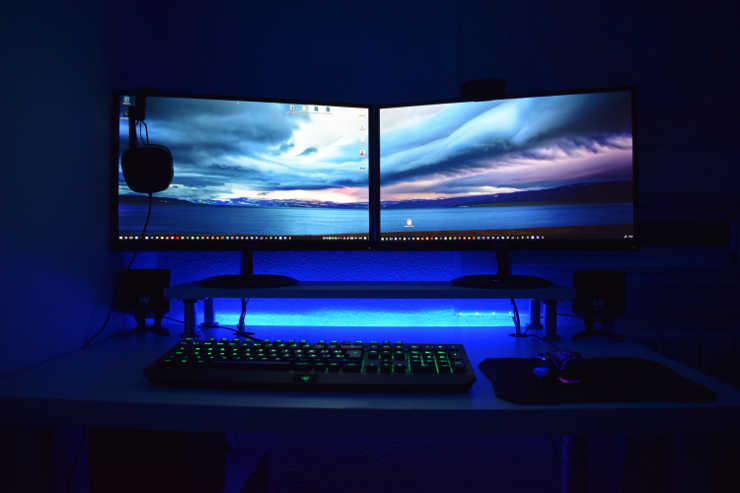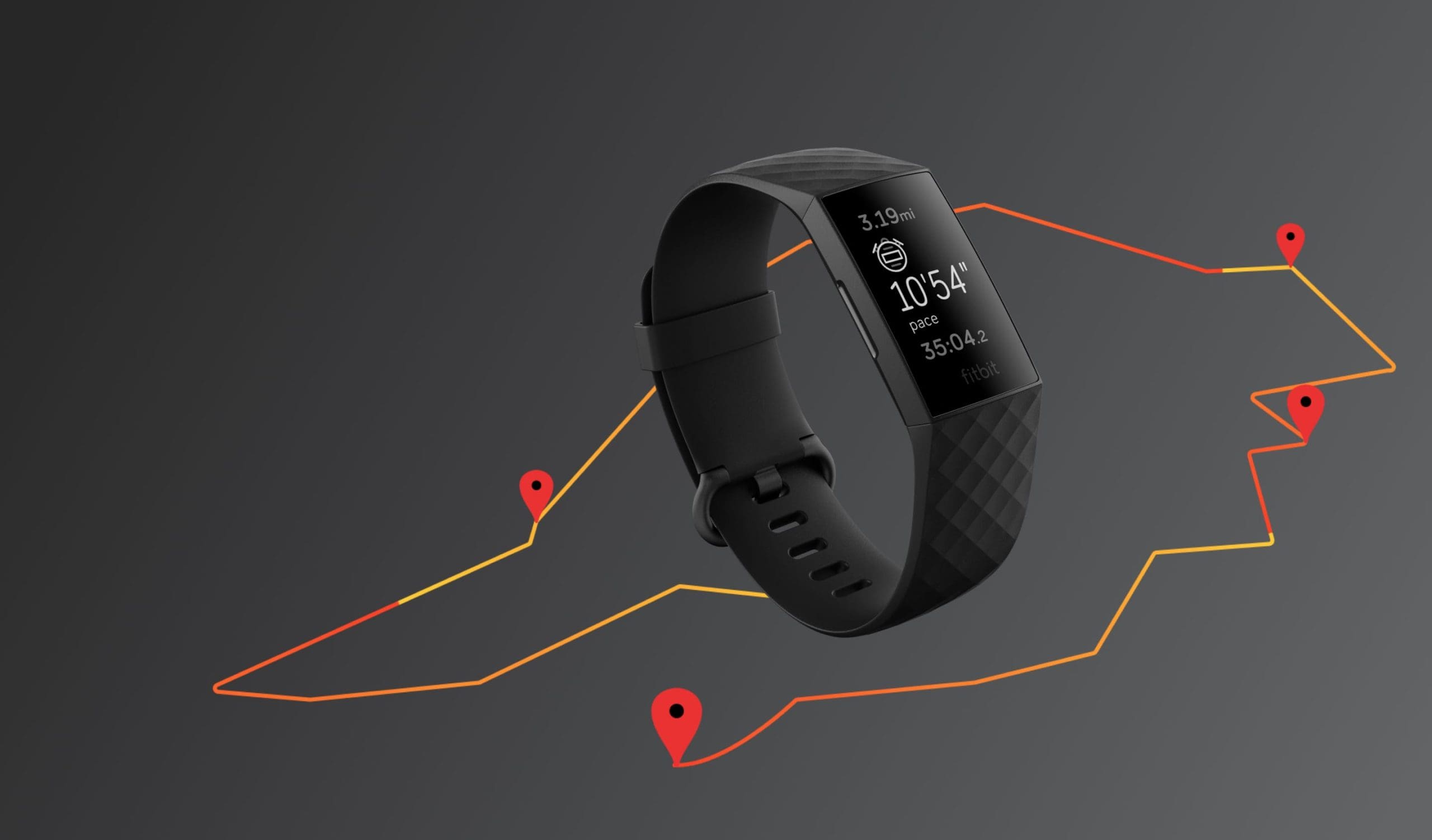When building a PC for your specific needs, there are many different things to consider – the purpose of your new machine, your budget, the compatibility of your parts, and so on. There’s a lot to consider, no matter what you are trying to optimize your machine for. When it comes to a high-spec machine, you have to be particularly mindful of your budget as high-performance parts tend to be on the pricier side, so you can hit the limits of your budget much quicker than with other types of PC builds.
To maximize the potential of your new PC, you’ll need to pay attention to how your chosen parts fit together to avoid common issues such as bottlenecking your better parts with one subpar one. Below are some tips and advice on building the best high-spec PC you can for your budget!
Contents
Step 1: Make a List of What You Need
To get started with your new high-spec PC build, you’ll want to start by making a list of all parts you’ll need. Especially in a high-spec PC, you won’t be able to cut costs anywhere, as any part could end up limiting performance for the whole system. You’ll probably need to shop for good deals to not have to compromise on any of your selected parts.
Within the scope of your budget, you can and should still optimize for the specific use you want to put your machine to – whether it’s for gaming, video editing, or office work. Or something else entirely, focus on the parts most important for your build first, and then find other parts that compliment the core of your build without holding you back – and then, when you have it all worked out, you can look at assembling it.
First though, work out your final budget and start penciling in the individual parts you’ll need! Be sure to leave just a small bit of a buffer in your planning if you need to swap out a part for a pricier one or can’t get the deal you’re after when it’s time to buy.
Step 2: Finalize the Budget, Pick the Parts
Naturally, your budget won’t be spread equally when selecting your PC parts. Depending on the purpose of your new machine, you’ll want to focus on different aspects of it – work out what those aspects are in advance. If you need a particularly good RAM setup, expect to pay a little more for it. If you’re building a gaming PC, expect to shell out big for the GPU and to a lesser degree the CPU. For most work PCs, you’ll need a good CPU, and so on. Plan your budget ahead of time to avoid surprises down the road!
CPU
In most cases, the CPU (the RAM and GPU) will be the most essential part of your PC. It works as the brain of your machine – and it’s one of the most important parts to get right. The two main manufacturers are Intel and AMD, both of which make quality hardware. AMD makes cheaper CPUs better at multithreading processes, while Intel’s more expensive CPUs tend to have better single-threaded performance. Regardless of what fits your PC better, both brands make great CPUs – for a top-spec machine, you’ll want to look at a minimum of a Ryzen 7 5000 series or an Intel i7 12k series and potentially a Ryzen 9 or i9. Depending on your expected workload, you may want to go for a workstation or server CPU such as the Threadripper and EPYC lines from AMD.
Be aware that your CPU selection will affect other things, such as your motherboard and CPU cooler selection, as motherboards come with separate sockets only suitable for either AMD or Intel CPUs!
CPU Cooler
By default, almost all CPUs come with a stock cooler when you buy them. While they do their job and cool your CPU, they aren’t precisely performance parts – for an excellent machine, you’ll want to upgrade to a better solution. You can choose between an air-cooled heatsink that will likely be cheaper but bigger and louder, or a more expensive but quieter and smaller water cooling solution. Both have their advantages, though a high-quality water cooling setup in most cases. For example, Thermaltake will beat out even a top-quality air-cooling solution from Noctua. Both can be a good fit – it depends on your specific plans for your build!
Motherboard
Your motherboard options will be determined and influenced by your CPU choice. Most motherboards are available in different versions – one fitting AMD CPUs and one fitting Intel CPUs. Which it is should be made clear on the box or in the description – and often, also in the name. Motherboards whose sockets fit AMD CPUs almost always have X570 in the name, while those suitable for Intel CPUs have Z690 in the name instead. These numbers are the chipset identifier; the ones above are the current high-end chipsets for both manufacturers.
Brands such as ROG, MSI, and Asus offer their motherboards in both versions. There might be minor price differences, so keep an eye on that – but more importantly, make sure that you buy the correct Motherboard for your CPU, or you won’t be able to even assemble your machine!
Case
Your case is mostly a cosmetic decision – as long as it has good fan placements and airflow and is the right size for your motherboard and parts, you have pretty free reign to pick whatever you like. Make sure the case fits your motherboard size, but that is it – whether you want a case made of glass or plastic, in black, red, or something else is entirely up to you. Pick whatever you fancy that fits into your budget!
Tip: While this is an area you can save on your budget, you might want to double-check that the case you wish to have enough connectivity at the front. Suppose you absolutely need a Thunderbolt 4 port at the front. In that case, you must make sure your motherboard supports that and your case actually has a compatible front port.
GPU
A good GPU will set you back a pretty penny – along with the CPU, this will likely be an extensive section of your overall budget. In fact, if you are building a gaming PC, you’ll probably want to look for a 30 series Nvidia card such as a 3070 or 3080 – if you can find one. These cards are in high demand and currently have a low supply, so they are often sold out in most stores. If you come across a good deal, you may want to snatch up the card immediately. There are a lot of scammers and scalpers as well, so when it comes to buying a good GPU, you’ll need to do your due diligence to make sure that you don’t get scammed and can get a card when it’s in stock somewhere.
RAM
Without RAM, your PC won’t run – but how much you need will depend on what you want to use your PC for! In most cases, any high-spec PC should be fine with 16GB of RAM, but you may want or need 32GB depending on your use case. Windows 10 Home supports up to 128GB RAM, so that’s likely to be the maximum that makes sense in your system. Other versions of windows do support more (or less), so it makes sense to check what your new PC will be able to handle in advance!
Be sure to always buy matching RAM sticks – for example, 2x16Gb sticks or 4x8GB sticks, rather than 1x8GB and 1x16GB, for instance, as mixing them can cause issues – the same goes for their speeds. Make sure all sticks are, for example, 3200 Mhz, as otherwise, your slowest stick will throttle the rest down to its level! Ideally, buy all of your RAM at once rather than adding more in the future. Unfortunately, any subtle difference in RAM timings can cause stability or performance issues.
Storage
You’ll likely want to pay a small premium for SSD storage no matter what you are doing with your machine. The increased speeds are well worth the price, and if it fits into your budget, you may want to invest in one or more NVMe drives either instead of or in addition to a regular SSD. Both types of the drive will massively improve the performance of your new high-spec PC!
PSU
If you are going for high-performance builds, you’ll definitely need to ensure that your PSU can keep up with the parts you’re installing. Use an online calculator to calculate your power needs and then select a PSU roughly 30% above what you need. So for example if your power draw is about 543, go for at least a 600W PSU – realistically, you’ll want to look for a minimum of a 650-750W PSU, or above.
Step 3: Hunt for deals
When purchasing parts, it’s often a good idea to shop around for the best deals. While you’re likely to find the best deals online, it’s generally good to look in local physical stores. If you don’t mind waiting for a little, you can often find good sales around commercial holidays.
Tip If you are near the end of your budget, consider adjusting your plan a little. As mentioned, shopping around for a good deal could save you a surprising amount of money. Sometimes you might even find that a variation on the part you wanted is on sale. if you’re fortunate, you may find that an upgrade is on sale for less than planned.
Step 4: Assemble
Once you’ve bought and received all of your parts, it’s time to put them together. You can build it yourself; there are plenty of online guides. If you don’t have the confidence to do that, you can probably find a local computer shop that will put it together for you, for a price of course. Local computer shops can also be beneficial for troubleshooting issues if you have no idea why something might not be working right.
Conclusion
A high-spec computer is going to command a high price tag. You’ll do well to work out where you can save a bit if it means that your key components can be that little bit better. Make sure to do your research and plan your build; it will be a big disappointment if you spend a bunch of time and money only to realize they don’t work together.



